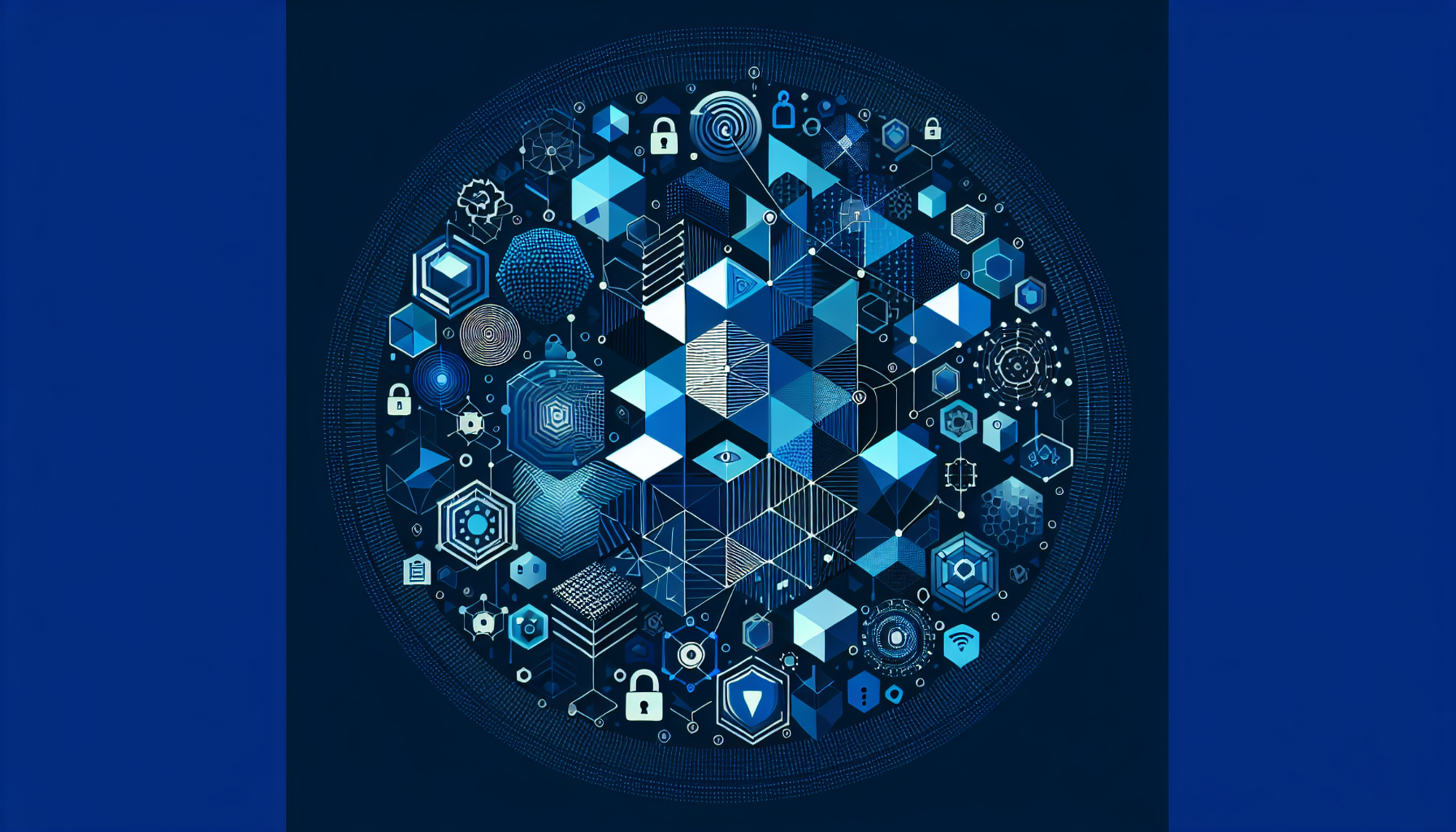Tech News: Innovations and Pitfalls in a Rapidly Evolving Landscape

As we venture into the intricate tapestry of recent tech news, we find ourselves entangled in a web of innovation and security snafus. From alarming vulnerabilities that threaten our vehicles to the battle of brain-computer interfaces, it’s clear the tech world is, as always, a double-edged sword. In this post, we’ll unravel several pressing stories from the tech landscape, highlighting not just the innovations that promise to make our lives easier, but also the dire consequences of overlooking security and ethical considerations.
Unleashing Cars with a Click
In a shocking revelation, a security researcher uncovered critical flaws within a major carmaker’s online dealership portal that could allow unauthorized users to remotely unlock vehicles. As reported by Zack Whittaker in TechCrunch, these vulnerabilities have raised serious concerns about the security of consumer data and the overall integrity of automotive technology. The capability for one hacker to create an admin account and access sensitive vehicle information leaves users vulnerable, perhaps even to theft.
This incident not only showcases a significant oversight in cybersecurity measures but also compels consumers to reconsider their trust in automated vehicle technologies. The ease of exploiting security gaps highlights an urgent need for automakers to prioritize robust security protocols and consumer safety over mere convenience and functionality.
The Battle of Brain-Computer Interfaces
On a different spectrum of innovation, the rivalry between brain-computer interface (BCI) companies Synchron and Neuralink captures attention. As both companies push the boundaries of neuroscience and technology, CNET’s examination of their contrasting approaches raises vital questions about the future applications of such technology and the ethical ramifications involved.
The tech world is undoubtedly excited about BCIs, with promises of enhanced communication and mobility for individuals with disabilities. However, we must tread carefully; the potential for misuse, exploitation, or unforeseen consequences remains a pressing concern. As we cater to innovation, the development of guidelines to mitigate risks associated with such technologies cannot be ignored.
Cracks in Justice: Hacking the US Court Records System
In a more disconcerting trend, a breach of the US court records system has compromised sensitive data, as Wired reports. The exposure of confidential information raises alarms about the protective measures in place for information that underpins the judicial system. With ongoing threats from cybercriminals, our faith in institutions dedicated to justice becomes increasingly tenuous.
Given the critical nature of this information, the implications of such a hack could be far-reaching—potentially jeopardizing investigations and personal safety. This stark reminder of our outdated technology infrastructure emphasizes the urgent need for modernization and fortified security efforts in public systems.
AI: Tools for Good or Evil?
The rise of artificial intelligence has sparked debates across industries about its dual potential for benevolence and malevolence. A discussion on The Verge surrounding the ways AI tools can improve daily tasks reveals a juxtaposition: while they can ease lives, they also carry risks, particularly in terms of bias and misinformation.
As we harness AI for our convenience—be it coding projects or parenting hacks—acknowledging the limitations and ethical considerations surrounding AI’s deployment is essential. Companies must adopt transparency and accountability in integrating AI, minimizing risks while amplifying the benefits.
Automated Warehouses: The Future of Groceries?
Lastly, the automated grocery warehouse from Ocado, as detailed by The Verge, offers a glimpse into our future, where robots play a significant role in fulfillment. While this embodies a significant advancement in efficiency and cost savings for retailers, it poses workforce transformation challenges, raising questions about job displacement.
As automation spreads, industries must develop strategies for transitioning the workforce while ensuring that human oversight remains paramount. Innovation should not come at the price of workforce neglect; instead, it should foster a collaborative environment where humans and technology thrive together.
Conclusion: Balancing Innovation and Responsibility
As we dissect these stories, it becomes evident that the tech world stands at a crossroads. Each innovation offers a realm of possibilities that can massively improve our lives, but it’s incumbent upon companies to ensure that ethical considerations, security measures, and societal impacts are integral to their development strategies. Here’s hoping that as we charge forward into this brave new world, we prioritize not just what tech can do—but also what it should do for humanity.
References
- Security flaws in a carmaker's web portal let one hacker remotely unlock cars from anywhere | TechCrunch
- Synchron vs. Neuralink: BCI Brain Implants Compared - CNET
- The US Court Records System Has Been Hacked | WIRED
- We found stuff AI is pretty good at | The Verge
- Inside the automated warehouse where robots are packing your groceries | The Verge
